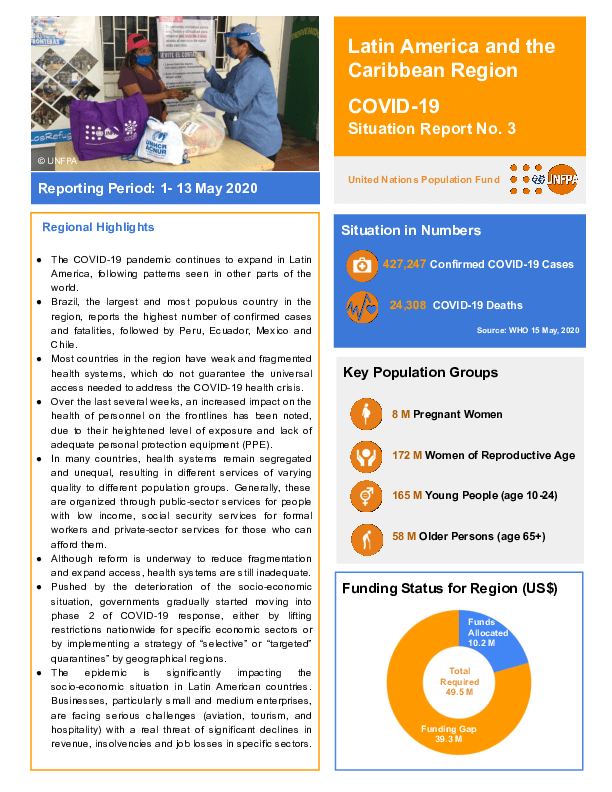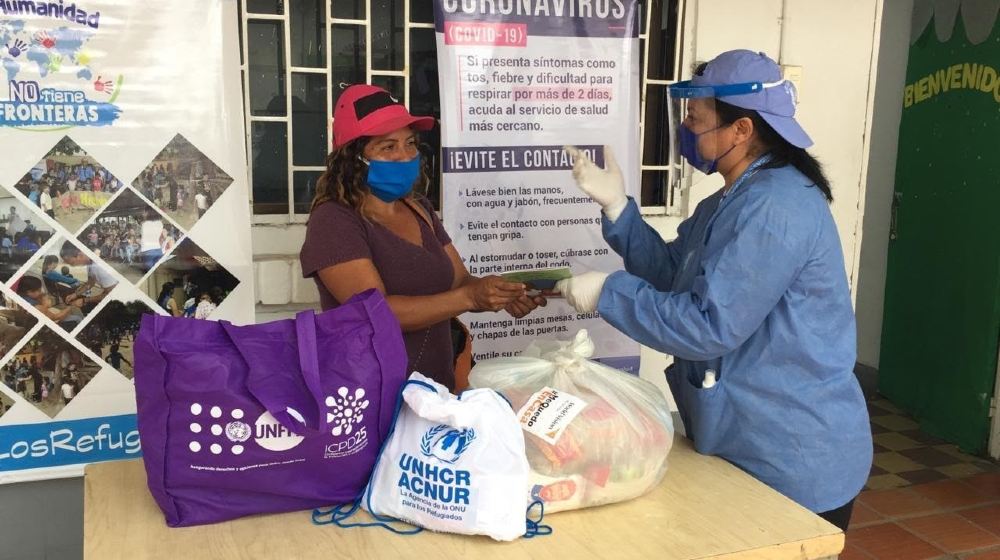- The COVID-19 pandemic continues to expand in Latin America, following patterns seen in other parts of the world.
- Brazil, the largest and most populous country in the region, reports the highest number of confirmed cases and fatalities, followed by Peru, Ecuador, Mexico and Chile.
- Most countries in the region have weak and fragmented health systems, which do not guarantee the universal access needed to address the COVID-19 health crisis.
- Over the last several weeks, an increased impact on the health of personnel on the frontlines has been noted, due to their heightened level of exposure and lack of adequate personal protection equipment (PPE).
- In many countries, health systems remain segregated and unequal, resulting in different services of varying quality to different population groups. Generally, these are organized through public-sector services for people with low income, social security services for formal workers and private-sector services for those who can afford them.
- Although reform is underway to reduce fragmentation and expand access, health systems are still inadequate.
- Pushed by the deterioration of the socio-economic situation, governments gradually started moving into phase 2 of COVID-19 response, either by lifting restrictions nationwide for specific economic sectors or by implementing a strategy of “selective” or “targeted” quarantines” by geographical regions.
- The epidemic is significantly impacting the socio-economic situation in Latin American countries. Businesses, particularly small and medium enterprises, are facing serious challenges (aviation, tourism, and hospitality) with a real threat of significant declines in
- revenue, insolvencies and job losses in specific sectors.
Workflow State
Published
Resource Date

Show feature
No
Resource Document
Available Languages
Resource PDF Upload
